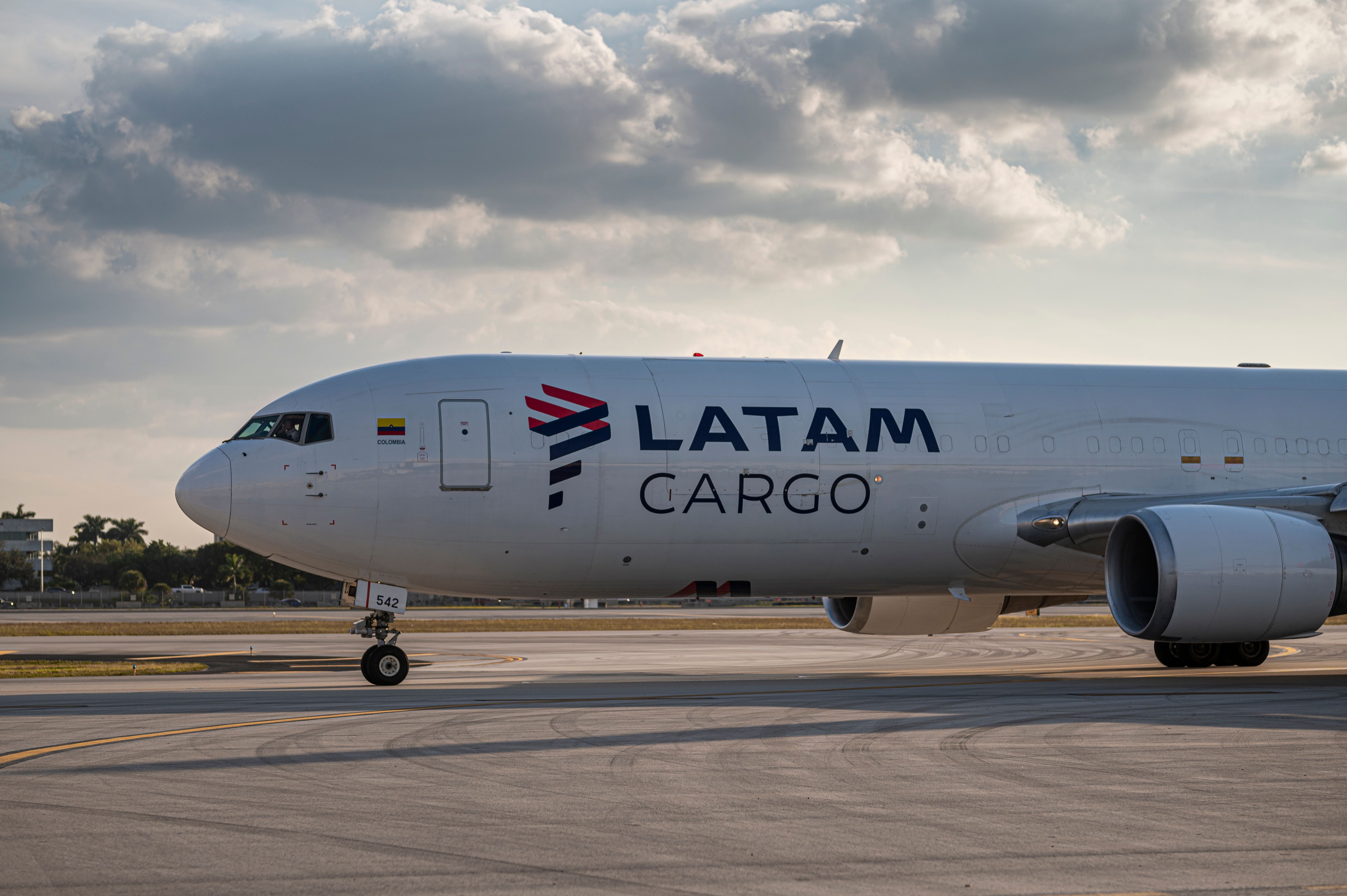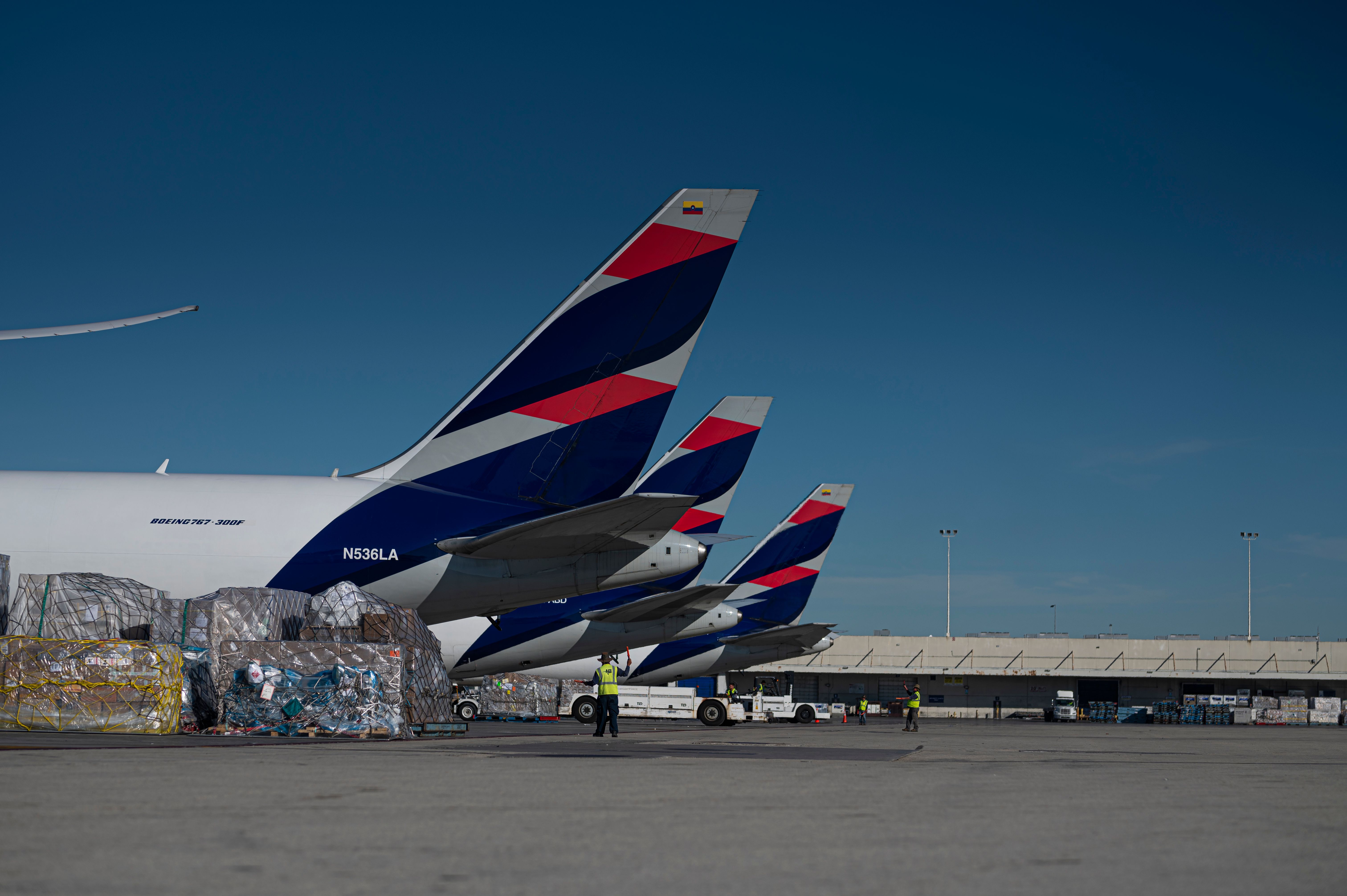This weekend LATAM Group received a new Boeing 767 BCF (Boeing Converted Freighter), the third one of the four conversions that the carrier will receive this year. Let's investigate further.
LATAM's incoming freighters
The Latin American carrier is heavily investing in its freighter segment. During the COVID-19 crisis, LATAM has found a reliable source of revenue, and it is sticking to it. So far this year, LATAM has received three Boeing 767BCF to increase its freighter capacity.
Additionally, they announced the incorporation of another Boeing 767F in September 2022. With this increase, LATAM’s cargo subsidiaries will finish the year with 16 freighters. Next year, LATAM expects to add six additional freighter jetliners.
Altogether, and according to the plans, LATAM’s freighter operators will count with a dedicated cargo fleet of between 19 and 22 cargo aircraft by 2023. With it, LATAM reaffirms its position as the leading cargo operator in the region.
Last year, LATAM announced the conversion of up to eight Boeing 767-300ERs into freighters. The plan has two stages and would boost LATAM’s cargo capacity by 80%.
Extra freighter capacity
LATAM will employ the newly-received aircraft primarily to transport flowers from Colombia and Ecuador and further strengthen and expand the network’s destinations in the United States and Europe, increasing our offering to provide a better and more ample connectivity to clients.
Andres Bianchi, CEO LATAM Cargo, said,
“The arrival of five freighters B767s this year represents significant progress for LATAM’s cargo subsidiaries since it allows the group to give more alternatives to clients utilizing the optimal aircraft for our markets. In fact, we can already see concrete results: during Mother's Day season, LATAM’s cargo subsidiaries transported 16,400 tons of flowers. This is a record for LATAM and - according to the information that has been published - consolidated the LATAM group and its cargo subsidiaries as the main flower operator in the region. This is a true reflection of our commitment to connect South America with the world more and better."
On the other hand, with the aircraft that will be received in September, LATAM's cargo subsidiaries will be able to anticipate and prepare for the growth initiatives planned for 2023, including several new routes between North and South America.
The rise of freighter services in the Americas
Several Latin American airlines have been investing in their cargo fleets. Earlier this week, Avianca announced it will receive up to four Airbus A330F and one Airbus A321F. In Brazil, Azul is also converting several Embraer E195 units into freighters, and Flybondi launched an exclusive low-cost cargo service, among a few examples.
Worldwide, the cargo segment has recovered faster from the COVID-19 pandemic. Nonetheless, demand is currently tracking below pre-COVID-19 levels, and capacity remains constrained, and one reason for this is the war in Ukraine.
Earlier this month, Willie Walsh, director general for the International Air Transport Association (IATA), addressed the subject, stating air cargo markets mirror global economic developments. The combination of the war in Ukraine and the spread of the Omicron variant in Asia have led to rising energy costs, exacerbated supply chain disruptions, and inflationary pressure. As a result, fewer goods are being shipped, compared to a year ago and the airline industry can expect growing challenges for air cargo.
What do you think about LATAM's decision to boost its freighter segment through Boeing 767BCF jetliners? Let us know in the comments below.


